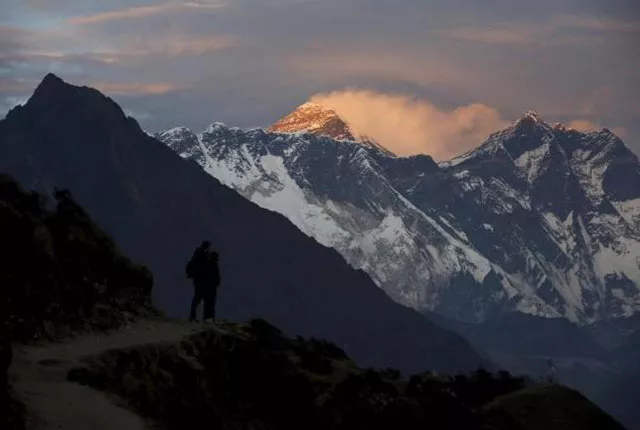Nepal has introduced sweeping new regulations for Mount Everest climbers, aiming to reduce overcrowding, boost safety, and minimise environmental damage on the world’s highest peak.
Under the latest rules, announced this week, all Everest hopefuls must have previously climbed a 7,000-metre mountain in Nepal before being granted a permit.
In addition, climbers are now required to present a medical certificate issued within 30 days of their expedition and to climb with a licensed Nepali mountain guide.
The government said the new measures are intended to limit risk and ensure only experienced mountaineers attempt Everest. “We want to discourage thrill-seekers and encourage responsible climbing,” an official from Nepal’s Department of Tourism told local media.
Nepal’s Sherpas and high-altitude guides, many of whom are from local communities, have long played a crucial role in the success of Everest expeditions. Making their presence mandatory not only improves safety but also supports local livelihoods.
The stricter rules follow a deadly 2023 climbing season, when 17 people lost their lives on Everest — the highest annual death toll recorded on the mountain. Experts blamed extreme weather, poor planning, and a surge in permits granted to inexperienced climbers.
Environmental concerns also loom large. The increasing number of climbers has left Everest strewn with garbage, human waste, and even bodies that remain frozen in the so-called “death zone” — areas above 8,000 metres where oxygen is dangerously low.
Nepal has been tightening its mountaineering regulations in recent years. In 2024, authorities made GPS tracking devices mandatory. Earlier this year, solo climbers were banned from peaks above 8,000 metres. Permit fees will also rise in September 2025, from $11,000 to $15,000 during the April-May peak season.
With these new regulations, Nepal hopes to restore Everest’s reputation as a serious mountaineering challenge, not a crowded bucket list destination.







